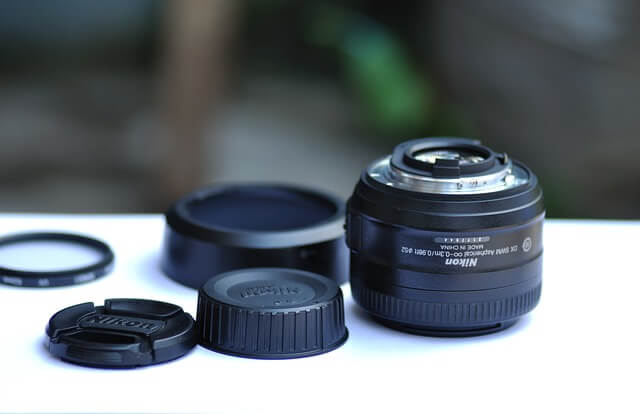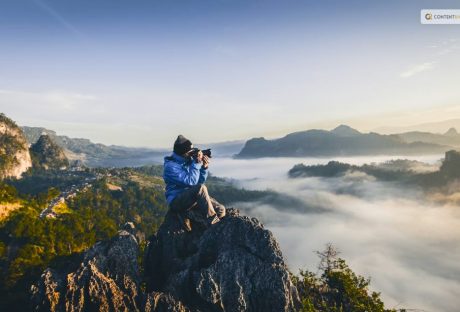Whether you’re planning to explore wildlife in a nature preserve or you simply want to capture seasonal changes in your local park, no outdoor photography adventure should be undertaken without proper equipment. Outdoor conditions are unpredictable and your expensive equipment is sensitive, therefore you cannot be too prepared. Here is the list of handy tools you shouldn’t forget when venturing in nature.
Here re Handy Tools for Outdoor Photography:
1. Cleaning
Making sure that your lens and sensor are clean, especially when taking photos outdoors, should go without saying. Tiny dust spots, smudges, or even hair can make your carefully planned shoot less perfect, and using the software in post-editing can only do so much. To avoid this potential disaster, be sure to always carry a brush with fine bristles and a blower. These won’t take much space and can prove essential in ensuring clear and sharp photography.
2. Tripod
Tripod is an indispensable piece of equipment for shooting outdoor sceneries since you never know when you will have to use long exposures. Capturing clouds and bird flocks early in the morning or tree silhouettes in dusk can be quite demanding if you forget your tripod. Be sure to pick a tripod of an appropriate height, and take into consideration that ground most likely won’t be flat.
3. Lens
Be prepared to spend some money on a quality long lens. They are considered mandatory by many professional photographers, especially if your ambition is to capture wildlife. Something around 400 mm is a minimum. However, taking into account the crop-factor of certain cameras, you may find that the 300 mm lens will suit your needs equally well. Read the reviews of different lenses before buying one.
4. Backpack
Planning an outdoor shooting should most certainly include a good camera backpack. Keep in mind several things when choosing a backpack. First and foremost, it needs to contain enough space for your equipment, especially the long lens we’ve already mentioned. Secondly, it must be sturdy and keep your equipment safe from different kinds of weather conditions. Lastly, you should seriously consider a backpack that is comfortable to wear, bearing in mind you will probably spend a lot of time walking.
5. Lights
Lights in the form of a torch or a headlamp are standard tools for any outdoor activity. Nonetheless, many people get too preoccupied with camera equipment that they simply overlook something as simple as a torch. The best way to go is to get a small LED torch since it is ideal for lighting up even far objects. Most of the new torches can be easily recharged using the USB cable, and have various modes for illuminating farther and closer objects. Another solution is to pack a headlamp. For some, it is a more practical solution. It leaves your hands free, which can prove useful, both in taking pictures and walking on rough terrain at night.
6. Binoculars
Finally, your outdoor kit wouldn’t be complete without a pair of binoculars. After you have chosen your ideal location, you may proceed to scan for a spot that captures your imagination. Although you can do this with your camera, it may prove impractical. When it comes to choosing specific binoculars, always factor in the waterproofing. You never know how fast the weather can change, and waterproof binoculars are a safe investment, even though this can increase the price a bit.
Another important thing is the magnification. The two most common ones are 8X and 10X, the latter being usually a bit larger. This choice rests solely on your preference, but if you tend to travel light, you may instead consider getting a monocular. It is much lighter and does not occupy a lot of space in your camera backpack.
To conclude, outdoor photography should be carefully planned. This does not comprise solely camera equipment, but other tools that are part of any outdoor experience, such as a backpack, a torch, or binoculars. Always waterproof your equipment, wear comfortable clothes and shoes, and be careful in your search for a sublime outdoor shot.
Read also:






















